Home>diy>Building & Construction>How To Remove Construction Adhesive From Plastic
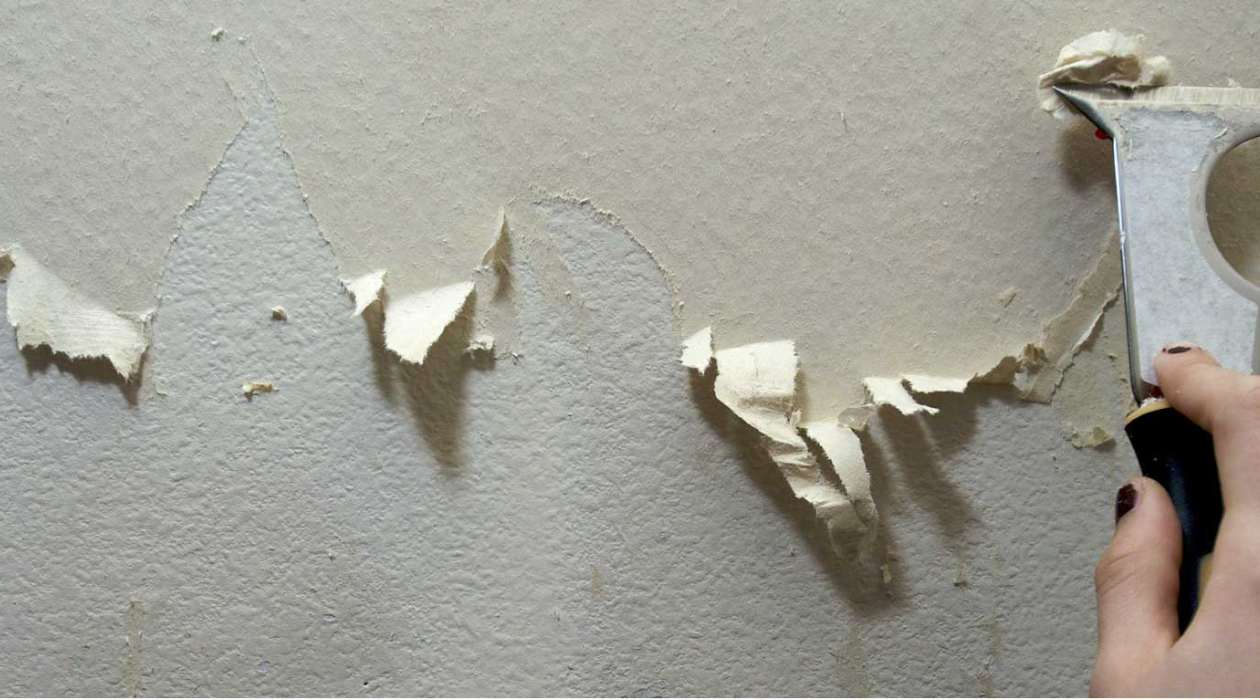

Building & Construction
How To Remove Construction Adhesive From Plastic
Modified: January 3, 2024
Learn how to remove construction adhesive from plastic surfaces easily with our step-by-step guide. Say goodbye to unwanted adhesive residue and keep your building construction projects clean.
(Many of the links in this article redirect to a specific reviewed product. Your purchase of these products through affiliate links helps to generate commission for Storables.com, at no extra cost. Learn more)
Introduction
In the world of construction, adhesive plays a crucial role in holding various materials together. Whether you are working on a DIY project or a professional construction job, chances are you have encountered construction adhesive at some point. While its strong bonding properties are desirable during the construction process, removing construction adhesive can be a daunting task, especially when it is stubbornly stuck to plastic surfaces.
When construction adhesive gets on plastic, it can be frustrating to remove. However, with the right techniques and a little bit of patience, you can successfully remove construction adhesive from plastic surfaces without causing damage.
In this article, we will guide you through different methods to effectively remove construction adhesive from plastic. We will explore both DIY solutions using common household items and commercial adhesive removers. By following these methods, you can safely and easily restore your plastic surfaces to their original state.
Before diving into the removal methods, it is important to understand what construction adhesive is and how it works.
Key Takeaways:
- Say goodbye to stubborn construction adhesive on plastic surfaces with these effective removal methods using common household items and commercial adhesive removers. Restore your plastic surfaces without causing damage.
- Prioritize safety and follow the right techniques to successfully remove construction adhesive from plastic surfaces. From soap and water to commercial removers, choose the method that suits your needs best.
Read more: How To Remove Construction Adhesive
Understanding Construction Adhesive
Construction adhesive, also known as construction glue or construction sealant, is a type of adhesive specifically formulated for construction and building projects. It is designed to bond various materials, such as wood, plastic, metal, concrete, and drywall, to create a strong and durable connection.
Construction adhesive is known for its high strength and versatility. It is commonly used in a wide range of construction applications, including installing baseboards, molding, paneling, and countertops. It is also used for bonding subflooring, ceramic tiles, and even in outdoor projects like landscaping and bricklaying.
When construction adhesive is applied, it forms a strong bond by adhering to the surfaces of the materials it is used on. It works by filling the gaps and creating a tight seal, ensuring a long-lasting connection.
Construction adhesive comes in various forms, including liquid, paste, and tape. It can be water-based or solvent-based, depending on the specific application requirements. Some adhesives have quick-curing properties, allowing for faster project completion, while others offer flexibility and resistance to temperature changes.
While construction adhesive is highly effective, its strong bonding nature can present challenges when attempting to remove it from plastic surfaces. The adhesive can become stubborn and resistant, making it essential to use the right techniques and tools for successful removal.
Now that we have a better understanding of construction adhesive, let’s explore the different methods you can use to remove it from plastic surfaces.
Preparing for Removal
Before you begin the process of removing construction adhesive from plastic, it’s important to prepare the surface and gather the necessary materials. Proper preparation will help ensure a successful and damage-free removal process. Here are the steps to prepare for removal:
- Clean the surface: Start by removing any loose debris or dirt from the plastic surface. Use a damp cloth or sponge and mild soap to gently clean the area. This will help improve the effectiveness of the adhesive removal methods.
- Protect surrounding areas: If the plastic surface that needs adhesive removal is located near other materials or surfaces that you want to protect, consider using masking tape or plastic sheeting to cover and shield those areas. This will prevent any accidental damage or staining during the removal process.
- Gather materials: Depending on the specific removal method you choose, gather the necessary materials. This may include items such as soap and water, vinegar, rubbing alcohol, oil or petroleum jelly, acetone or nail polish remover, heat source (such as a hairdryer), commercial adhesive removers, and clean cloths or sponges.
- Read instructions and test in a small area: If you decide to use a commercial adhesive remover, carefully read and follow the manufacturer’s instructions. Additionally, it’s always a good idea to test the remover in a small, inconspicuous area of the plastic surface to ensure it does not cause any discoloration or damage.
By taking the time to prepare the surface and gather the necessary materials, you will be better equipped to tackle the removal process effectively. Let’s now explore different methods to remove construction adhesive from plastic surfaces.
Method 1: Using Soap and Water
This is one of the simplest and gentlest methods to remove construction adhesive from plastic surfaces. Here’s how you can do it:
- Mix warm water and mild soap: Fill a bowl or bucket with warm water and add a few drops of mild dish soap. Mix it well to create a soapy solution.
- Soak a cloth or sponge: Dip a clean cloth or sponge into the soapy solution and wring out any excess liquid, ensuring it is damp but not dripping.
- Apply the soap mixture: Gently rub the cloth or sponge over the construction adhesive on the plastic surface. Allow the soapy solution to sit on the adhesive for a few minutes to help soften it.
- Scrape off the adhesive: Using a plastic scraper or a soft-bristled brush, gently scrape off the softened adhesive. Be cautious not to apply too much pressure to avoid scratching the plastic.
- Clean and dry the surface: Once the adhesive is removed, rinse the plastic surface with clean water to remove any soap residue. Use a clean towel or cloth to dry the surface thoroughly.
This method is effective for removing construction adhesive that is not heavily stuck or dried onto the plastic surface. If the adhesive proves more resistant, you may need to explore alternative methods.
Let’s continue exploring other methods to remove construction adhesive from plastic surfaces!
Method 2: Using Vinegar
Vinegar is a versatile household ingredient that can be used to remove construction adhesive from plastic surfaces. Here’s how you can do it:
- Pour vinegar onto a cloth: Start by pouring white vinegar onto a clean cloth. Make sure the cloth is saturated but not dripping.
- Place the cloth on the adhesive: Lay the vinegar-soaked cloth directly over the construction adhesive on the plastic surface. Ensure that the adhesive is completely covered by the cloth.
- Let it sit: Allow the vinegar-soaked cloth to sit on the adhesive for at least 30 minutes. This will help soften the adhesive and make it easier to remove.
- Gently remove the adhesive: After the vinegar has had time to work, gently rub the adhesive with the cloth to remove it. You can also use a plastic scraper or a soft-bristled brush to aid in the removal process.
- Clean and dry the surface: Once the adhesive is removed, rinse the plastic surface with water to remove any vinegar residue. Dry the surface thoroughly with a clean cloth or towel.
Vinegar is a natural, non-toxic option for removing construction adhesive from plastic. However, keep in mind that the effectiveness may vary depending on the type and strength of the adhesive. If the adhesive is stubborn, you might need to try other methods or consider using a commercial adhesive remover.
Now that you are familiar with the vinegar method, let’s move on to explore another method to remove construction adhesive from plastic surfaces.
Read more: How To Remove Adhesive From Glass
Method 3: Using Rubbing Alcohol
Rubbing alcohol, also known as isopropyl alcohol, is another effective solvent that can help remove construction adhesive from plastic surfaces. Follow these steps to use rubbing alcohol:
- Apply rubbing alcohol: Pour a small amount of rubbing alcohol onto a cotton ball or a clean cloth.
- Gently rub the adhesive: Rub the cotton ball or cloth over the construction adhesive on the plastic surface. Apply gentle pressure and make sure the adhesive is thoroughly saturated with the rubbing alcohol.
- Let it sit: Allow the rubbing alcohol to sit on the adhesive for a few minutes. This will help dissolve the adhesive and make it easier to remove.
- Scrape off the adhesive: Use a plastic scraper or a soft-bristled brush to scrape off the softened adhesive. Be careful not to apply too much force to avoid damaging the plastic surface.
- Clean and dry the surface: After removing the adhesive, rinse the plastic surface with water to remove any residue. Dry the surface thoroughly with a clean cloth or towel.
Rubbing alcohol is a powerful solvent that effectively breaks down and dissolves adhesives. However, it’s important to take precautions when using it, such as working in a well-ventilated area and wearing gloves to protect your skin.
If rubbing alcohol is not readily available, you can also try using nail polish remover that contains acetone. Simply follow the same steps mentioned above.
Now that you know the method using rubbing alcohol, let’s continue exploring other methods to remove construction adhesive from plastic surfaces!
To remove construction adhesive from plastic, try using a solvent such as acetone or isopropyl alcohol. Apply the solvent to a cloth and gently rub the adhesive until it starts to dissolve. Be sure to test the solvent on a small, inconspicuous area of the plastic first to ensure it won’t cause damage.
Method 4: Using Oil or Petroleum Jelly
Oil or petroleum jelly can be effective in removing construction adhesive from plastic surfaces. The oily properties help break down the adhesive and make it easier to remove. Here’s how you can use this method:
- Apply oil or petroleum jelly: Apply a generous amount of cooking oil, baby oil, or petroleum jelly directly onto the construction adhesive on the plastic surface. You can use a cotton ball, cloth, or your fingers to spread the oil evenly.
- Let it sit: Allow the oil or petroleum jelly to sit on the adhesive for several hours or overnight. This will give it enough time to penetrate and soften the adhesive.
- Gently remove the adhesive: After the oil has had time to work, use a plastic scraper or a soft-bristled brush to gently scrape off the adhesive. The softened adhesive should come off more easily.
- Clean and dry the surface: Once the adhesive is removed, clean the plastic surface with mild soap and water to remove any oily residue. Dry the surface thoroughly with a clean cloth or towel.
This method is particularly useful for removing adhesive residue that may remain after scraping off the bulk of the adhesive. The oil or petroleum jelly helps to dissolve the residue, making it easier to wipe away.
Remember to use caution when applying oil or petroleum jelly on plastic surfaces, as some types of plastics may react differently. It’s always a good idea to test this method in a small, inconspicuous area first.
Now that you are familiar with the oil or petroleum jelly method, let’s move on to explore another method to remove construction adhesive from plastic surfaces.
Method 5: Using Acetone or Nail Polish Remover
Acetone or nail polish remover containing acetone is a common choice for removing construction adhesive from plastic surfaces. Acetone is a powerful solvent that effectively breaks down adhesives. Follow these steps to use acetone or nail polish remover:
- Apply acetone or nail polish remover: Pour a small amount of acetone or nail polish remover onto a cotton ball or a clean cloth. Make sure the cotton ball or cloth is saturated but not dripping.
- Gently rub the adhesive: Rub the acetone-soaked cotton ball or cloth over the construction adhesive on the plastic surface. Apply gentle pressure and make sure the adhesive is thoroughly saturated.
- Let it sit: Allow the acetone or nail polish remover to sit on the adhesive for a few minutes. This will help dissolve the adhesive and make it easier to remove.
- Scrape off the adhesive: Use a plastic scraper or a soft-bristled brush to gently scrape off the softened adhesive. Be cautious not to apply too much force to avoid damaging the plastic.
- Clean and dry the surface: After removing the adhesive, rinse the plastic surface with water to remove any residue. Dry the surface thoroughly with a clean cloth or towel.
It’s important to note that acetone is a strong solvent that can potentially damage certain types of plastics. Therefore, it’s crucial to test this method in a small, inconspicuous area first to ensure it does not cause any discoloration or damage.
Remember to work in a well-ventilated area when using acetone or nail polish remover, and avoid prolonged skin contact. If you have sensitive skin or any concerns, consider wearing gloves to protect your hands.
Now that you know the method using acetone or nail polish remover, let’s continue exploring other methods to remove construction adhesive from plastic surfaces!
Method 6: Using Heat
Using heat is another effective method to remove construction adhesive from plastic surfaces. Heat helps soften the adhesive, making it easier to scrape off. Here’s how you can use this method:
- Prepare a heat source: You can use a hairdryer, a heat gun, or even boiling water as a heat source. Ensure you have a safe and controlled heat source ready.
- Apply heat to the adhesive: Direct the heat source towards the construction adhesive on the plastic surface. Move the heat source back and forth, evenly heating the adhesive. Be careful not to overheat the plastic, as it can potentially melt or warp.
- Scrape off the adhesive: While the adhesive is still warm, use a plastic scraper or a soft-bristled brush to gently scrape off the softened adhesive. Take care not to apply too much pressure, as this can damage the plastic.
- Clean and dry the surface: Once the adhesive is removed, clean the plastic surface with mild soap and water to remove any residue. Dry the surface thoroughly with a clean cloth or towel.
Using heat is particularly effective for removing construction adhesive that is hardened or dried onto the plastic. The heat softens the adhesive, making it easier to manipulate and remove. However, it’s important to monitor the heat application closely to prevent any damage to the plastic surface.
Remember to exercise caution when using heat sources and to follow the manufacturer’s instructions for safe use. If you are unsure about using heat on a particular plastic surface, it’s advisable to seek professional advice or consider alternative methods.
Now that you are familiar with the method using heat, let’s move on to explore the final method to remove construction adhesive from plastic surfaces!
Read more: How To Remove Adhesive From A Bathtub
Method 7: Using Commercial Adhesive Removers
If the previous methods have been unsuccessful or if you prefer a specialized solution, you can opt for commercial adhesive removers. These products are specifically formulated to dissolve and remove tough adhesives from various surfaces, including plastic. Follow these steps when using a commercial adhesive remover:
- Select a commercial adhesive remover: Visit your local hardware store or online retailer and choose a commercial adhesive remover that is suitable for use on plastic surfaces. Ensure that it is compatible with the type of adhesive you are trying to remove.
- Read and follow the instructions: Carefully read the manufacturer’s instructions on the adhesive remover’s packaging. Pay attention to any safety precautions, application instructions, and recommended wait times.
- Apply the adhesive remover: Following the instructions, apply the commercial adhesive remover directly onto the construction adhesive on the plastic surface. Use a clean cloth, sponge, or brush to ensure even coverage.
- Let it sit: Allow the adhesive remover to penetrate and dissolve the construction adhesive. The recommended wait time will vary depending on the product, so be sure to follow the instructions provided.
- Scrape off the adhesive: After the recommended wait time, use a plastic scraper or a soft-bristled brush to gently scrape off the dissolved adhesive. Take care not to apply excessive force that could cause damage to the plastic.
- Clean and dry the surface: Once the adhesive is removed, clean the plastic surface with mild soap and water to remove any residue from the adhesive remover. Dry the surface thoroughly with a clean cloth or towel.
Commercial adhesive removers are often effective in breaking down and removing stubborn construction adhesives. However, it’s crucial to follow the instructions and safety precautions provided by the manufacturer to ensure proper usage and minimize any potential risks.
Remember to choose a commercial adhesive remover that is specifically designed for use on plastic surfaces and carefully test it in a small, inconspicuous area before applying it to larger sections.
Now that you know the method using commercial adhesive removers, you have a range of options to choose from when removing construction adhesive from plastic surfaces.
Safety Precautions
When removing construction adhesive from plastic surfaces, it’s important to prioritize safety to protect yourself and the surrounding environment. Follow these safety precautions to ensure a safe removal process:
- Ventilation: Work in a well-ventilated area to prevent the buildup of fumes or harmful vapors. Open windows or use fans to improve air circulation during the process.
- Protective gear: Wear gloves and protective eyewear to shield your skin and eyes from potentially harmful chemicals, solvents, or adhesive residues. Consider wearing a mask if working with strong chemical-based adhesive removers.
- Read instructions: Read and follow the instructions provided with the adhesive remover or any other chemicals being used. Ensure you understand the proper application methods and recommended safety precautions.
- Test in a small area: Before applying any adhesive remover or solvent to a larger area, test it on a small, inconspicuous area of the plastic surface. This will help ensure compatibility and minimize the risk of damage.
- Protect nearby surfaces: If the plastic surface you are working on is in close proximity to other materials or surfaces that you want to protect, use masking tape or plastic sheeting to cover and shield those areas. This will prevent accidental damage or staining during the removal process.
- Proper disposal: Dispose of any adhesive residue, solvent-soaked materials, or other waste materials in accordance with local regulations. Follow proper waste disposal procedures to prevent harm to the environment.
By following these safety precautions, you can minimize the risk of accidents, injuries, or damage while removing construction adhesive from plastic surfaces. Remember to exercise caution, work in a well-prepared workspace, and prioritize your personal safety throughout the process.
Now that you are aware of the safety precautions, you are ready to begin the removal process!
Conclusion
Removing construction adhesive from plastic surfaces may seem like a challenging task, but with the right techniques and a bit of patience, it can be done effectively. By following the methods outlined in this article, you can safely restore your plastic surfaces to their original state.
From using soap and water to commercial adhesive removers, each method offers a viable solution depending on the type and stubbornness of the adhesive. It’s important to consider the specific needs of your project and choose the method that suits your situation best.
Remember to take the necessary safety precautions throughout the removal process, such as working in a well-ventilated area, wearing protective gear, and following the instructions provided with the adhesive removers or solvents.
Whether you are working on a DIY project or a professional construction job, the ability to remove construction adhesive from plastic surfaces is a valuable skill. With the information provided in this article, you are equipped with a range of methods to ensure successful removal without causing damage to the plastic.
Now, armed with your newfound knowledge, you can confidently tackle the task of removing construction adhesive from plastic surfaces. Say goodbye to stubborn adhesive and hello to a clean, adhesive-free plastic surface!
Frequently Asked Questions about How To Remove Construction Adhesive From Plastic
Was this page helpful?
At Storables.com, we guarantee accurate and reliable information. Our content, validated by Expert Board Contributors, is crafted following stringent Editorial Policies. We're committed to providing you with well-researched, expert-backed insights for all your informational needs.
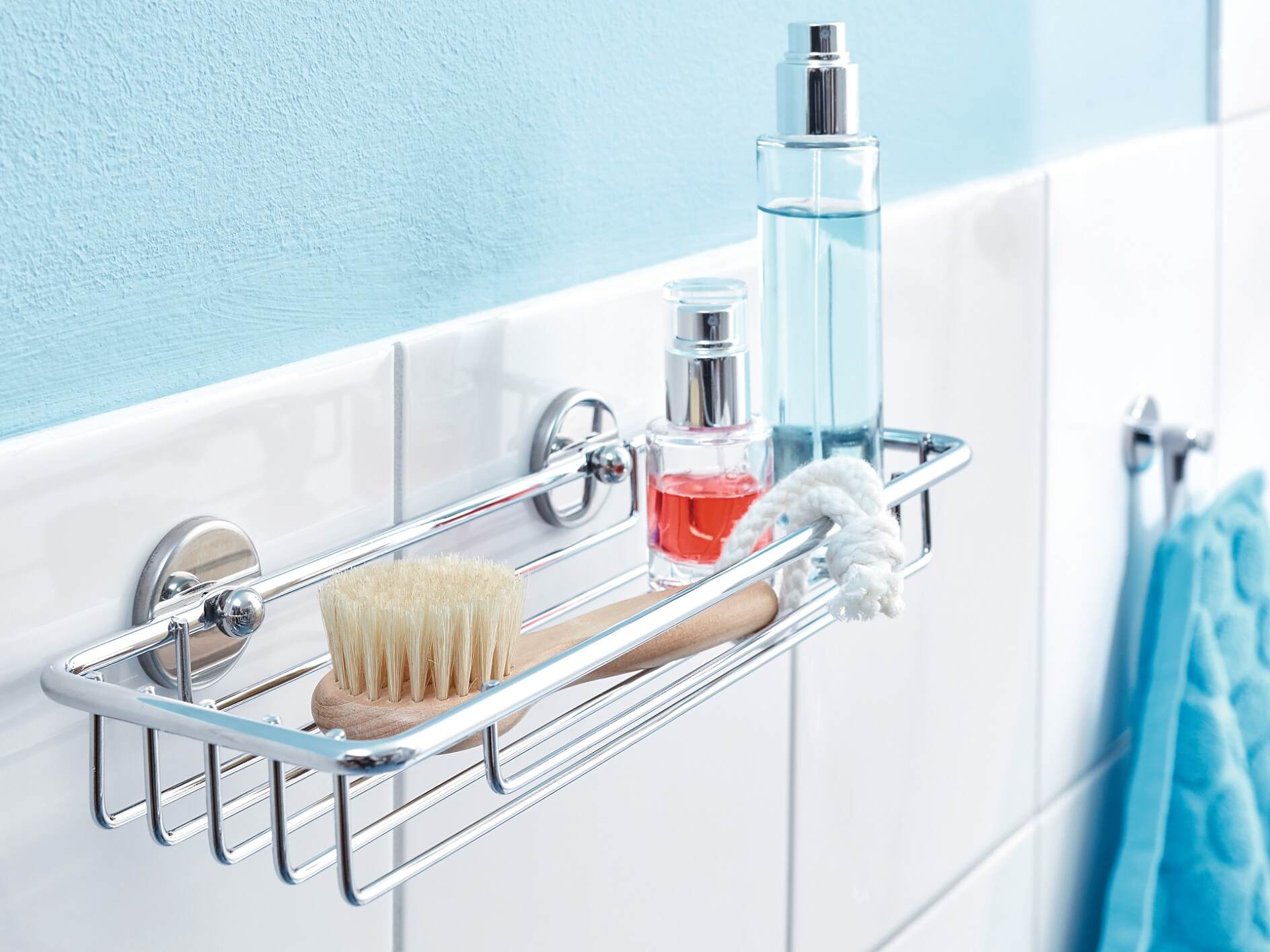
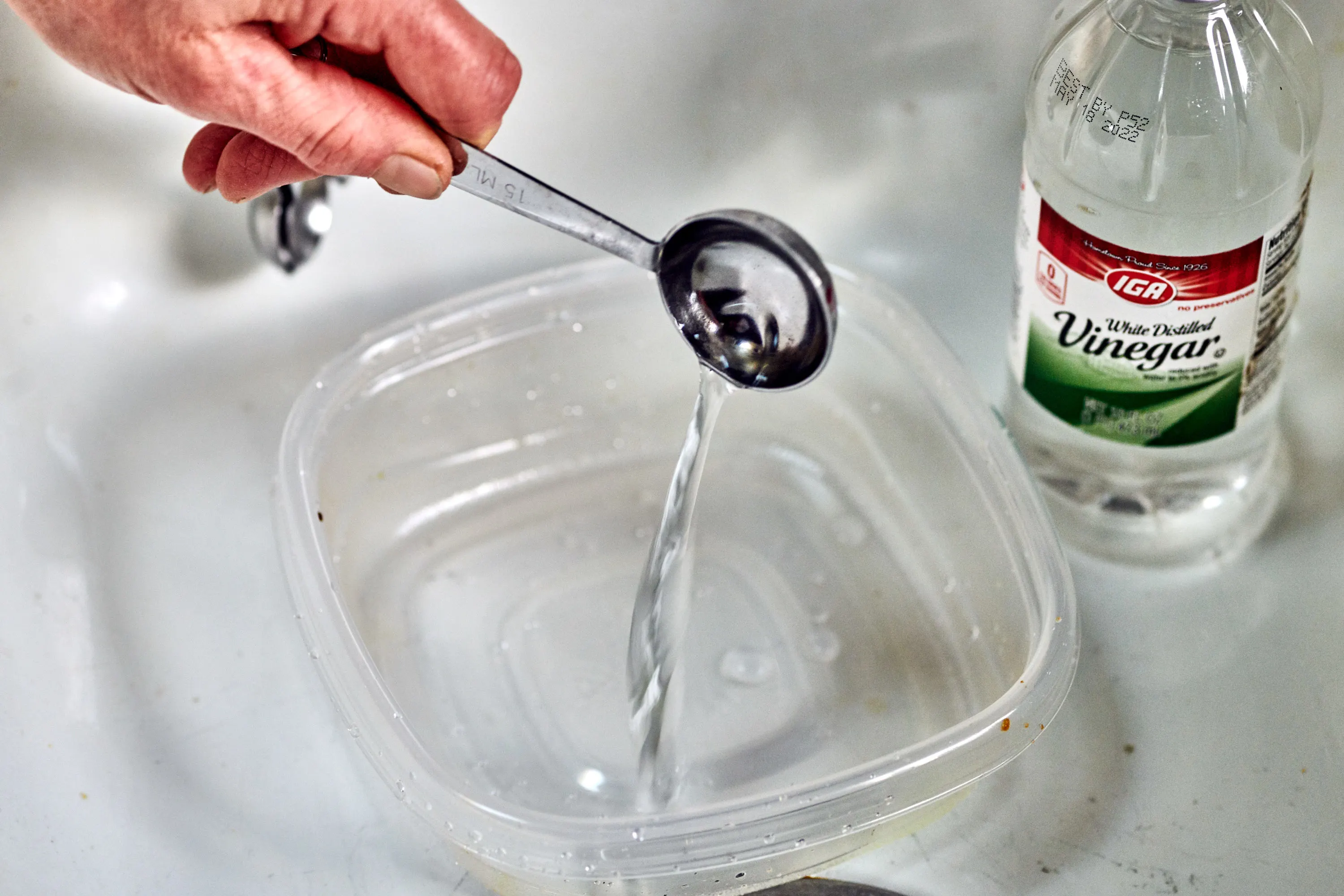
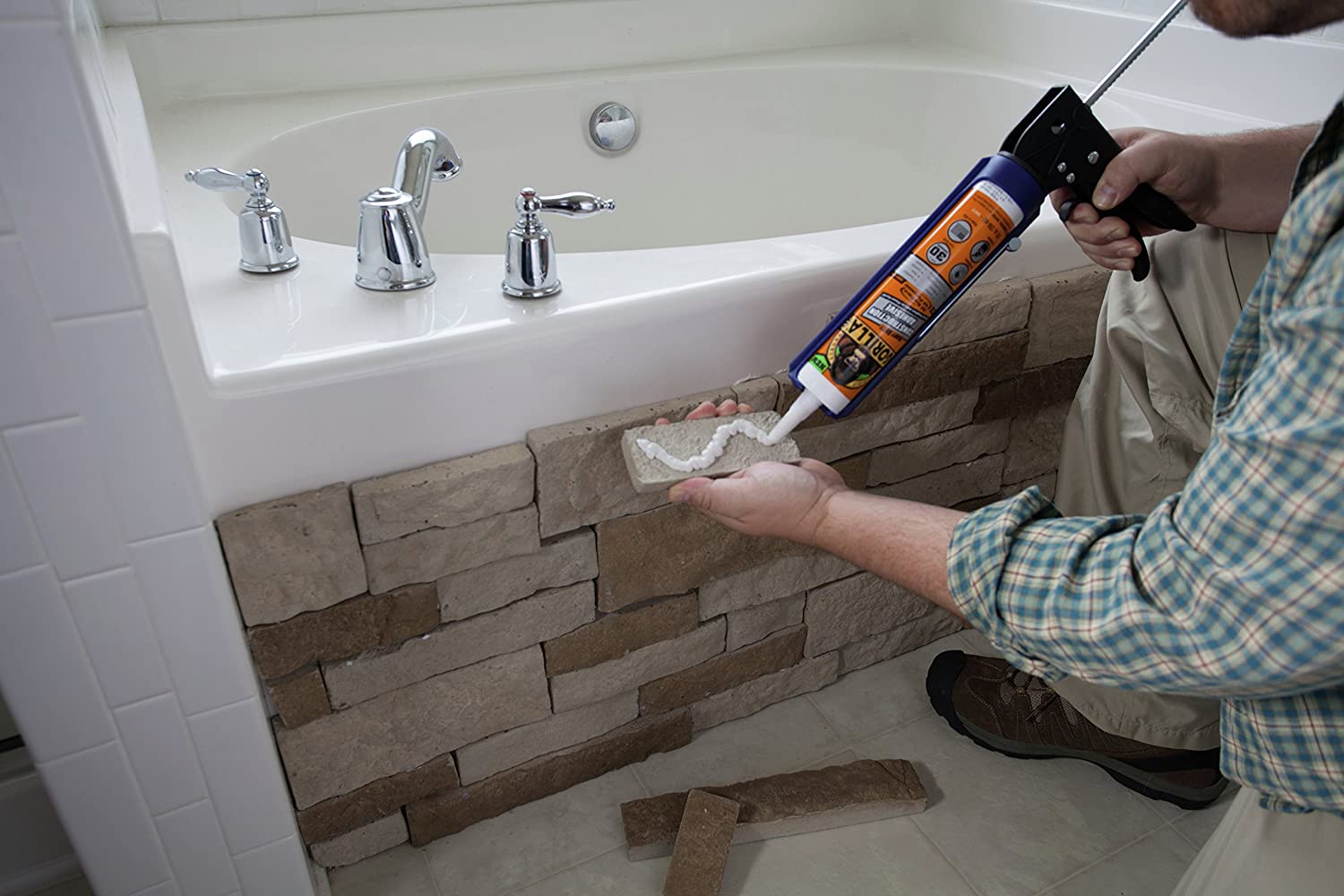
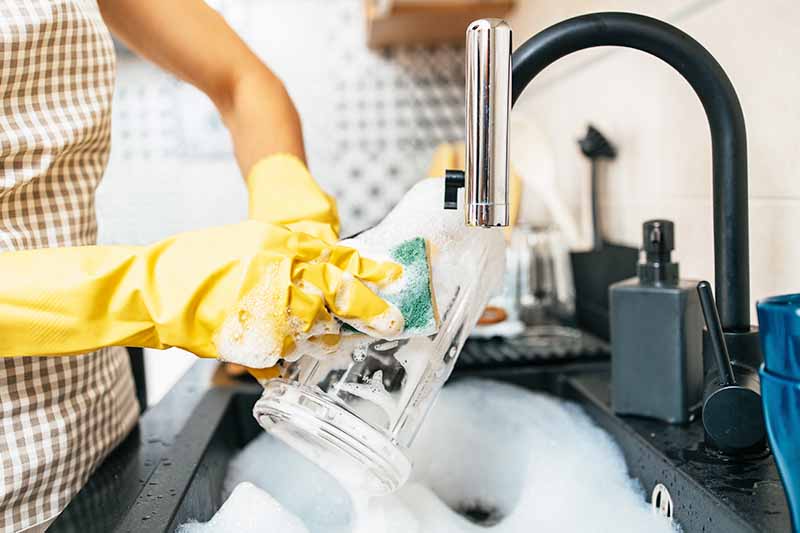
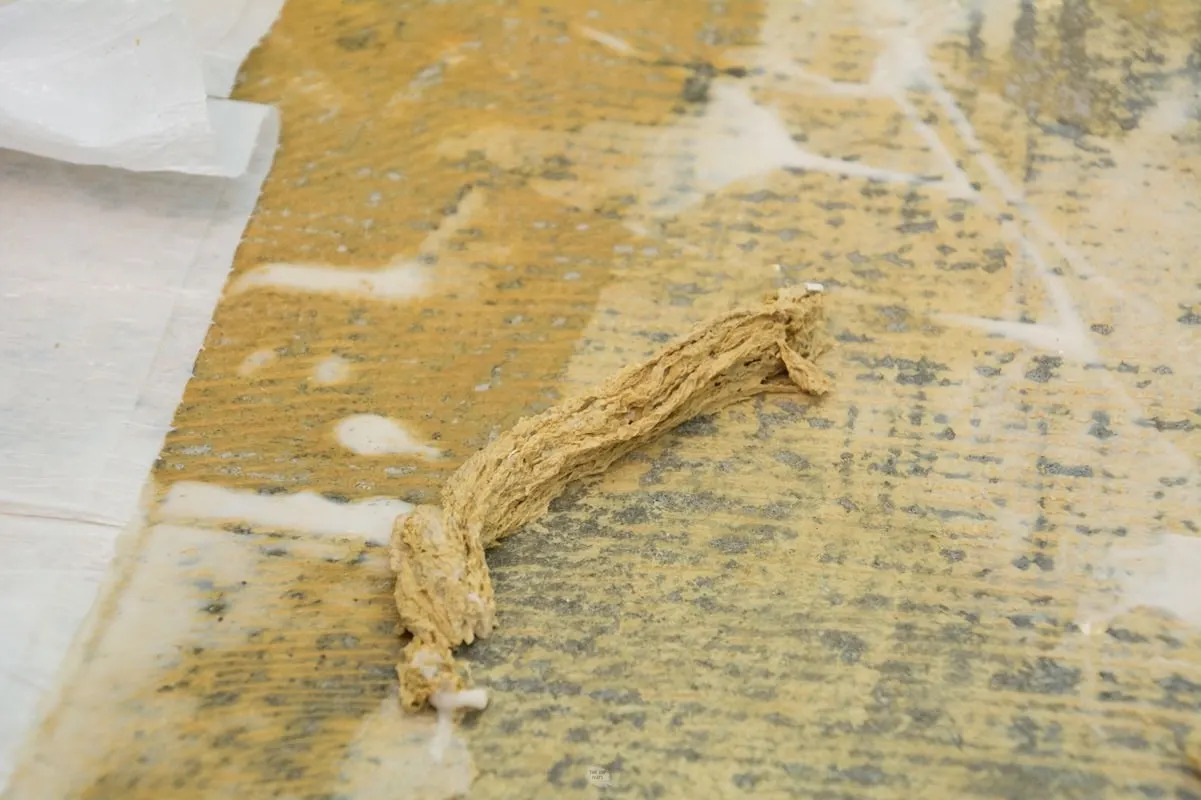

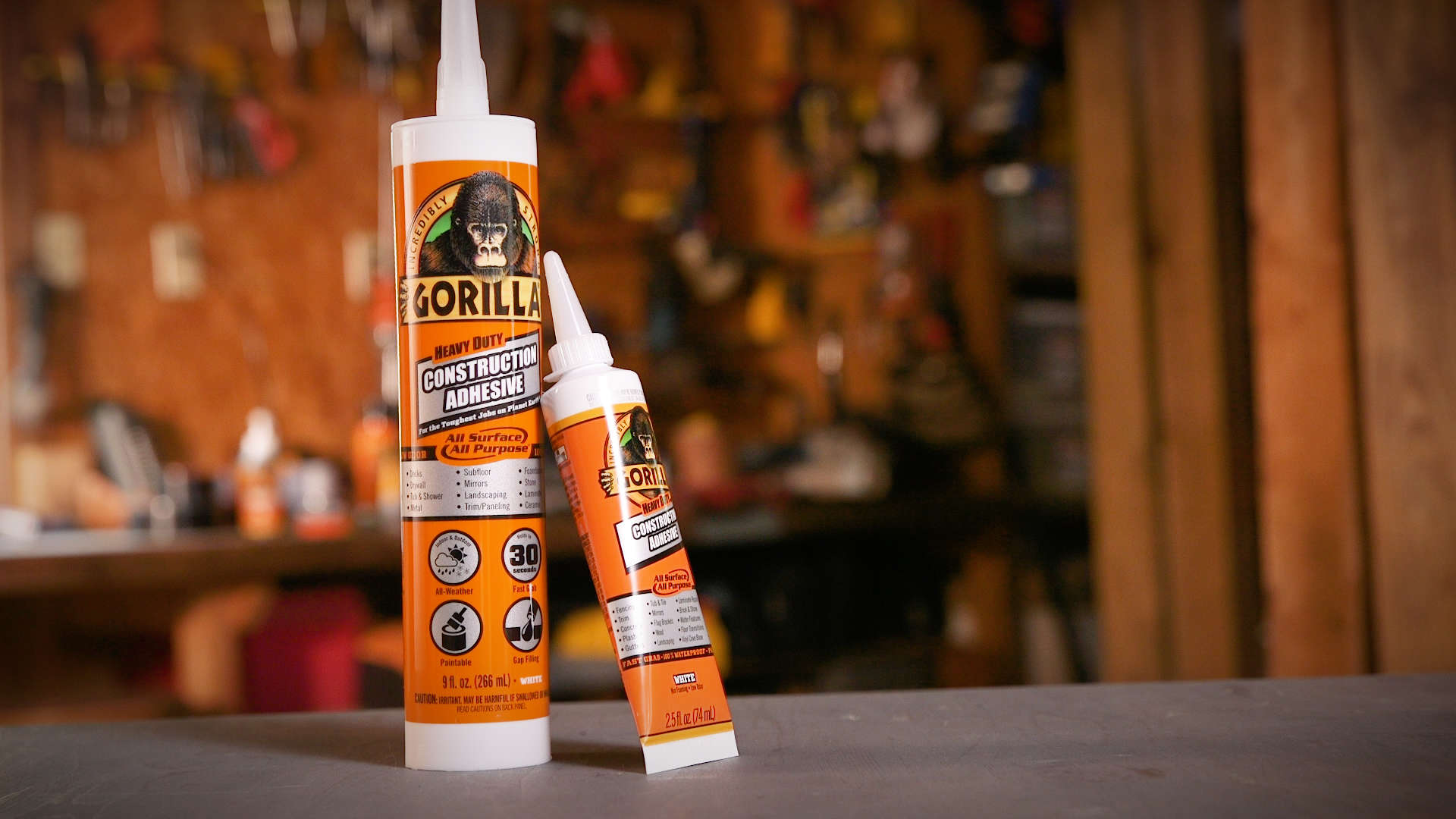
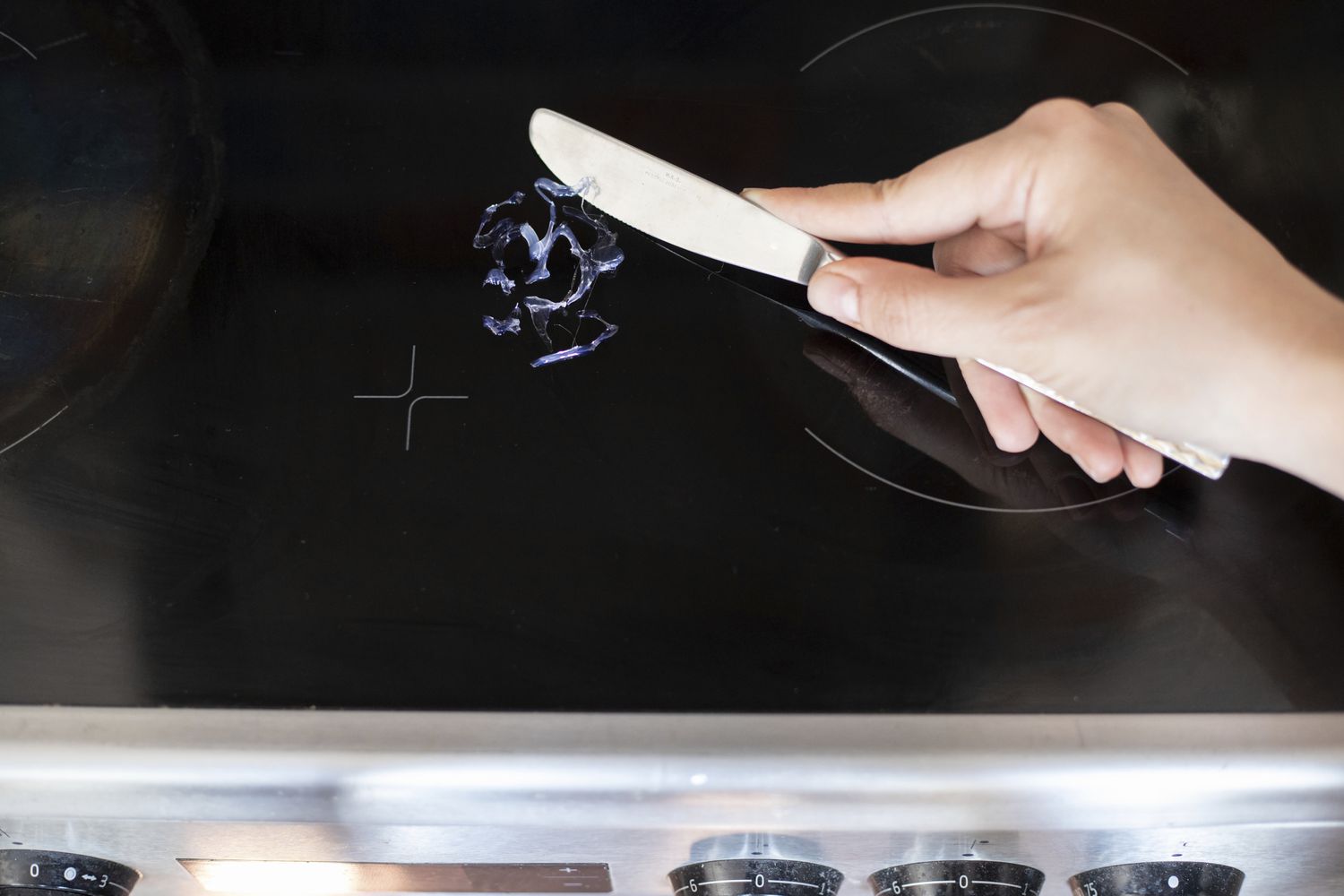
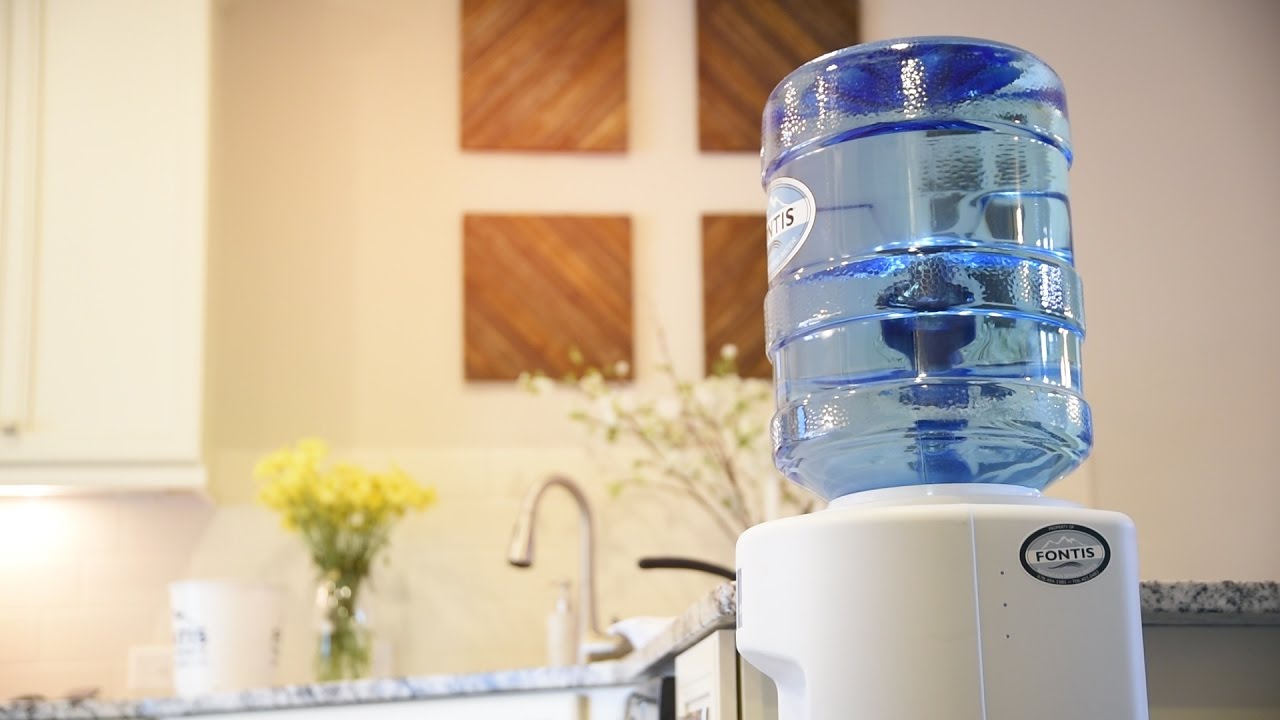
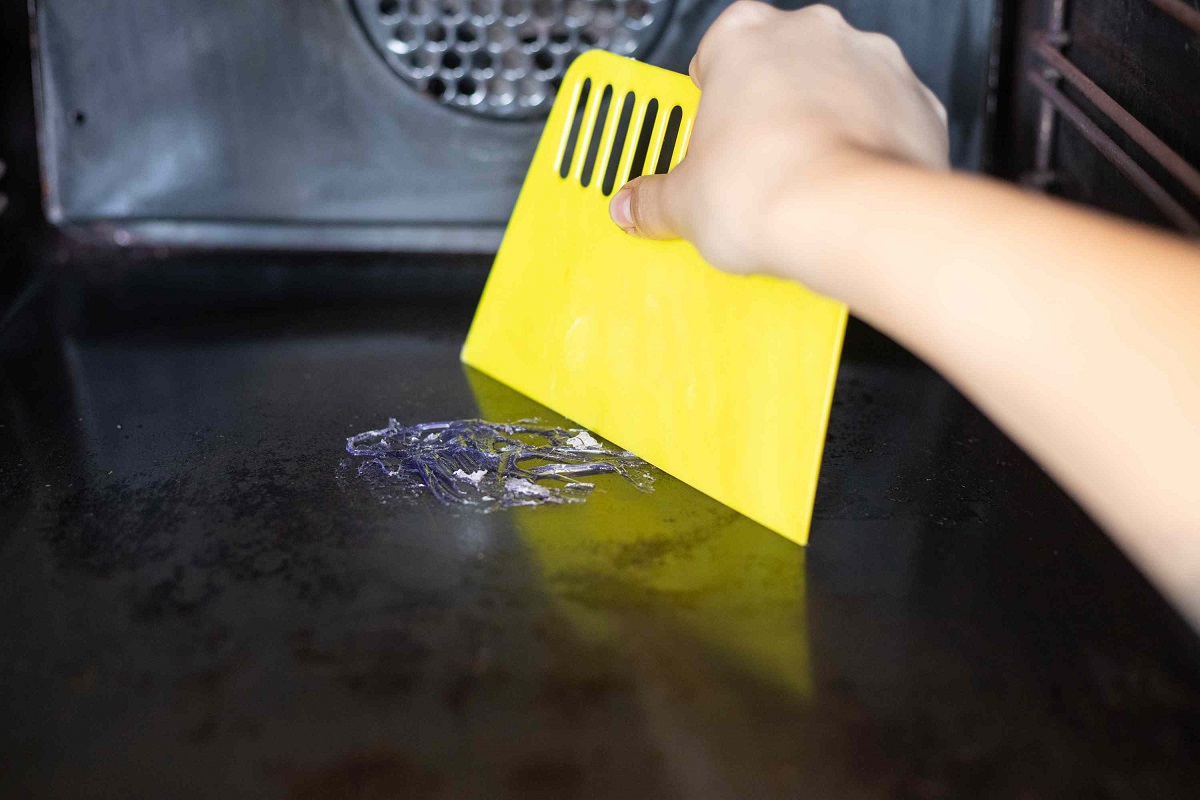
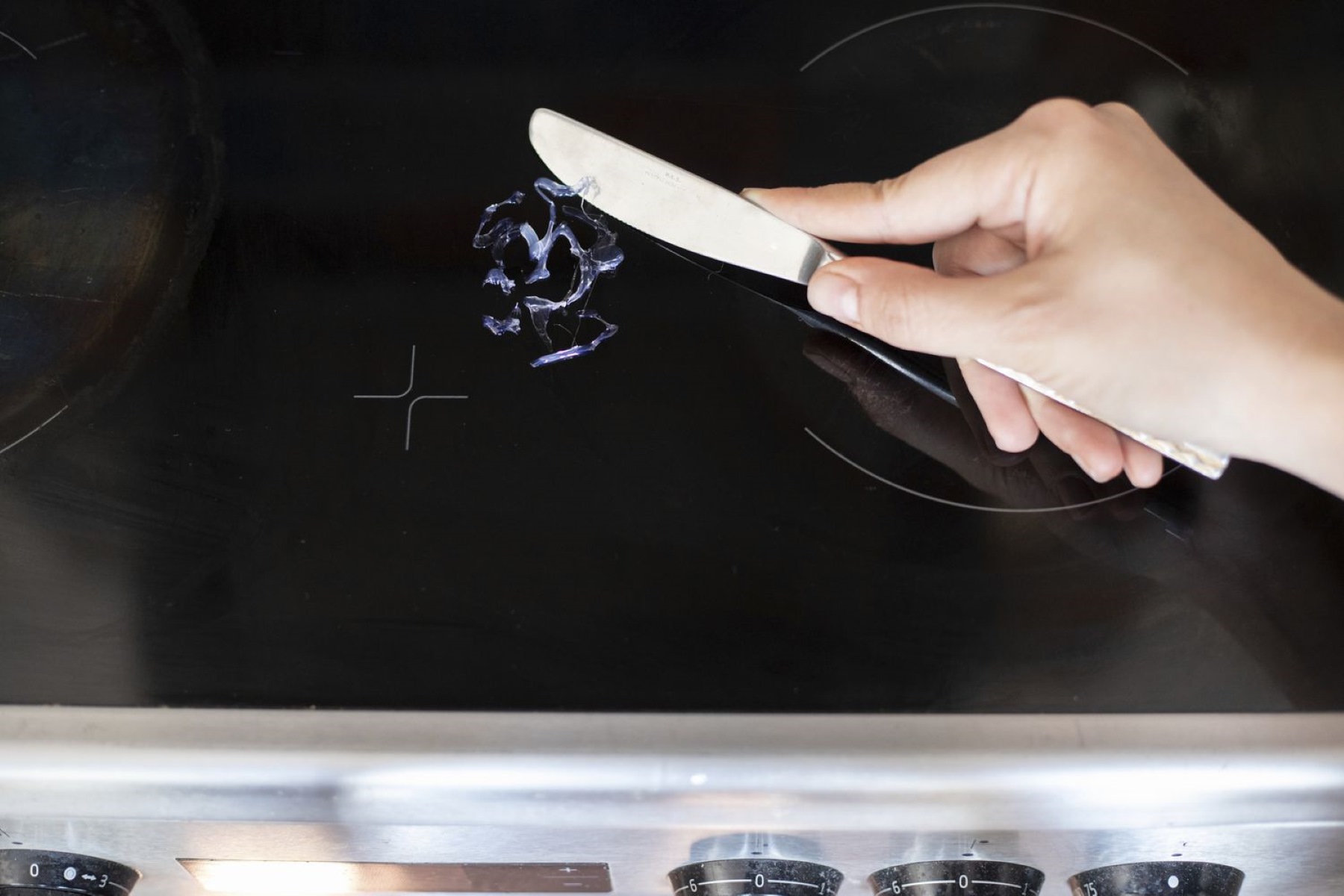
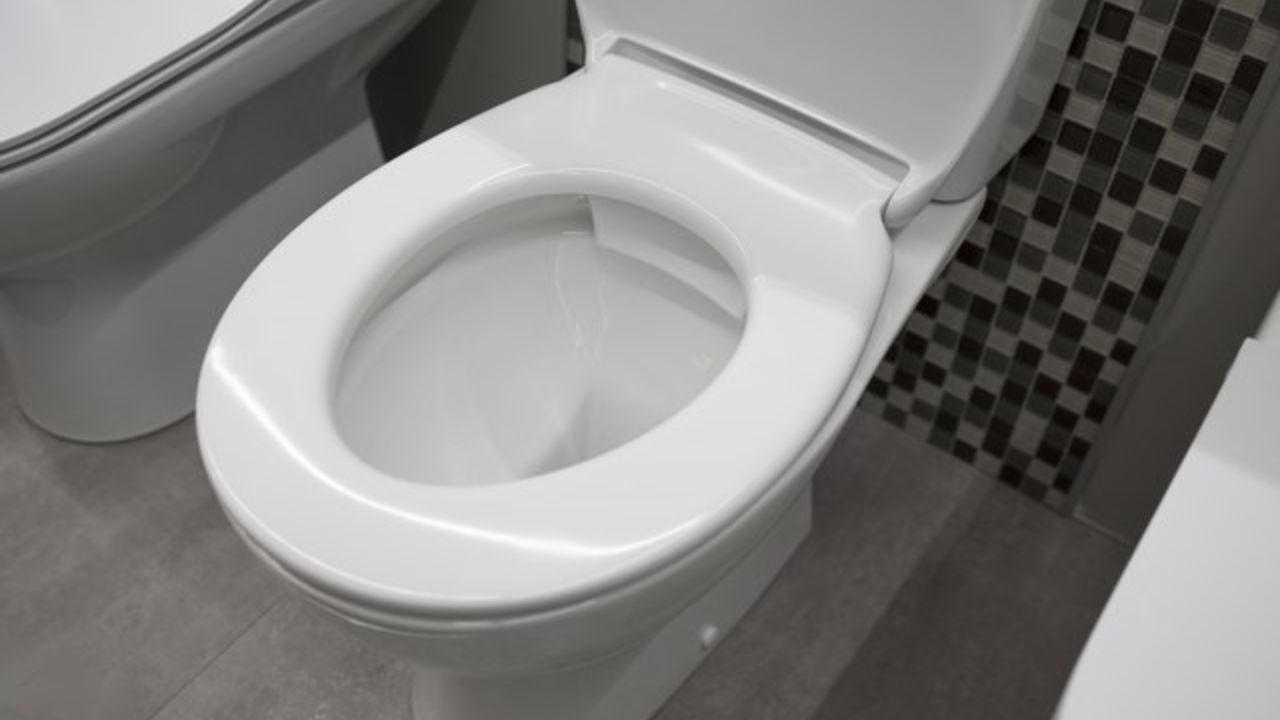
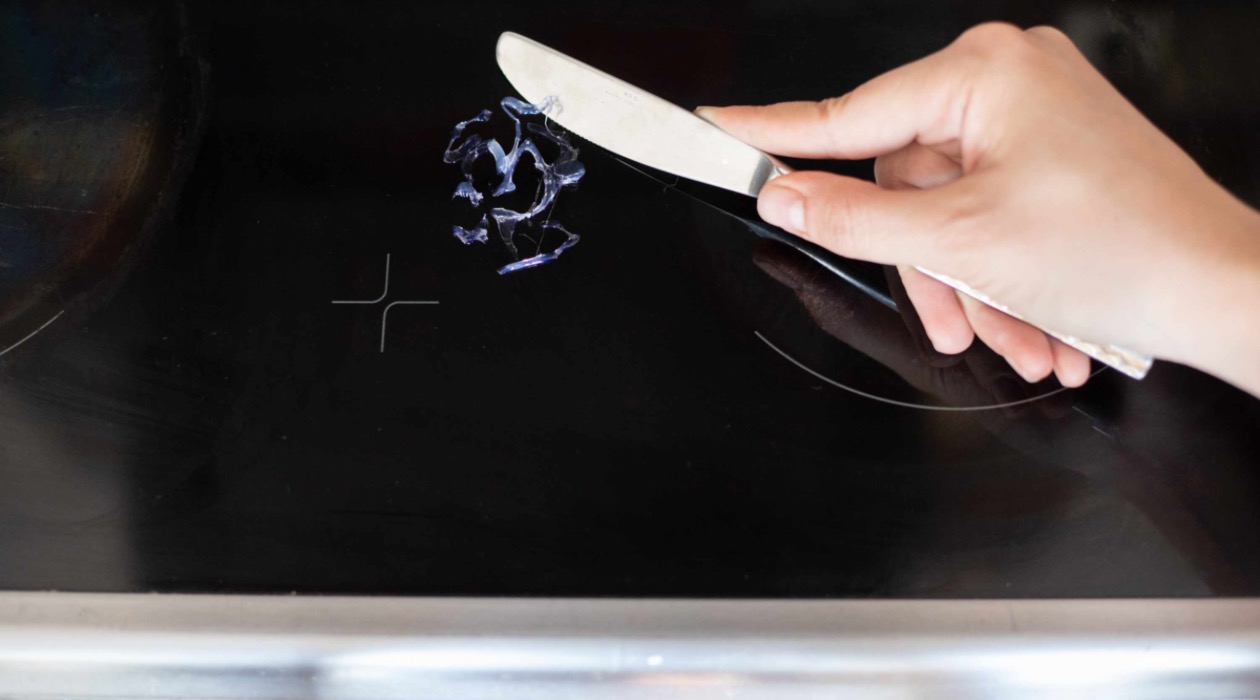

0 thoughts on “How To Remove Construction Adhesive From Plastic”